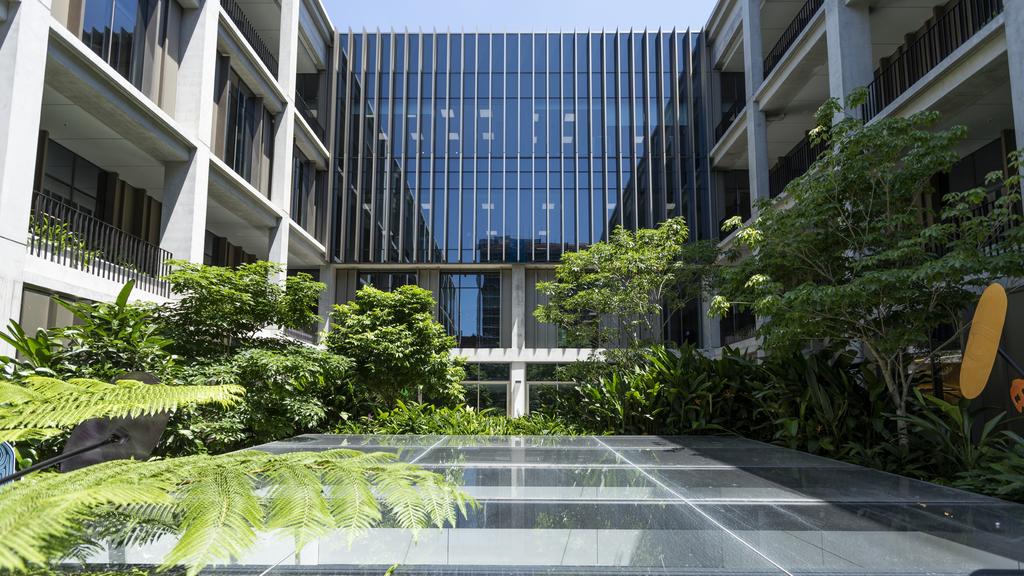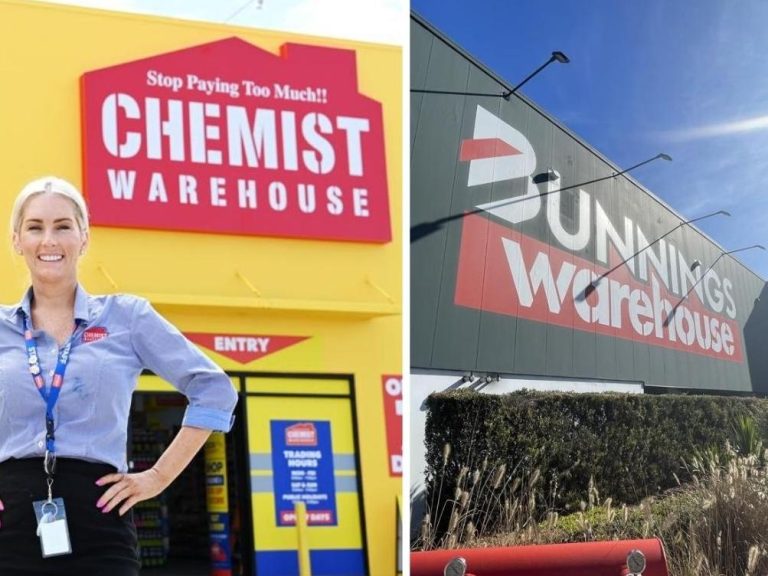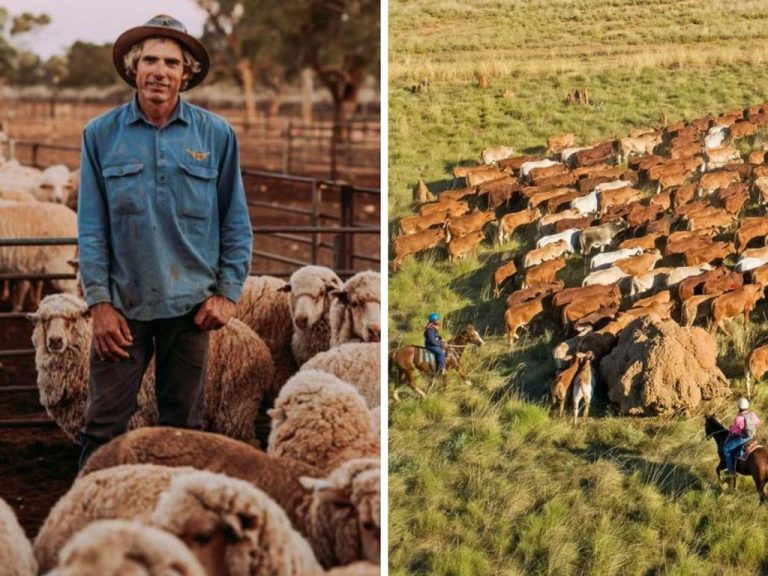Healthcare real estate assets on the rise as capital chases safe haven

Australian Unity is undertaking the $1.1bn Herston Quarter partnership in Brisbane, with the Queensland government.
A single property sector is at the heart of the country’s largest takeover play and hard-pressed governments are answerable for its performance every day.
Healthcare is at the centre of our lives and, increasingly, a major focus for property players after years of being overlooked.
Now, the once niche area is taking centre stage as developers and investors alike chase its positive dynamics. So when US private equity powerhouse KKR made its audacious $20bn takeover play for Ramsay Health Care, real estate was pivotal to its ambitions.
Top players ranging from AustralianSuper and Charter Hall to offshore raider NorthWest Healthcare Properties have been touted as suitors for the $9bn property prize.
And this week alone cash-strapped state governments have unveiled billions worth of new hospital projects. To get more of their schemes off the ground they will look to the private groups now roaming the sector chasing deals.
Healthcare is certainly not immune to the pressures slamming into the rest of the industry with interest rates rising and building costs soaring.
But there are bountiful opportunities both for large precinct style projects and for nimble, advanced health centres which are expected to dot the suburbs in coming years.
Centuria Healthcare managing director Andrew Hemming said the growing need for healthcare services, notwithstanding the pandemic, requires a rethink around patient affordability and financial structuring, while also creating efficiencies between the public and private systems.
“If the situation was growing demand and growing need, the complication is it’s not sustainable financially, it’s unaffordable … and people are queuing into the public system,” Mr Hemming said.
“The solution is a different approach to the financial structure. That means smaller buildings, so lower fixed costs, more alignment with doctors owning part of the business to ensure there’s better healthcare outcomes that are at a more affordable rates and there’s more transparency.”
His business is growing rapidly.
Demographics are partly driving the demand, with JLL estimating the value of the private hospital sector could grow by 63 per cent to $41bn by 2041.
Others are backing a large precincts approach. Australian Unity is undertaking the $1.1bn Herston Quarter partnership in Brisbane with the Queensland government.
The group sees the need for more investment in health infrastructure, with the number of Australians over 65 set to double in 40 years and chronic illness is rising.
With long-term strain on government budgets, it says conditions are right for trusted private partners – developers, capital allocators, builders – to step up and develop, deliver, and manage healthcare infrastructure.
Australian Unity executive general manager real estate Mark Pratt, says operators have recognised the value the private capital can bring. He believes there are more opportunities.
“Healthcare property in Australia remains, I think, under-securitised as compared to the rest of the world,” he says. “I do think it certainly has a way to go.”
There is about $8bn worth of securitised healthcare property which is underpinned by the ageing population.

STARS hospital in the Herston Quarter in Brisbane, which is being developed by Australian Unity.
The best healthcare infrastructure sports secure long-term leases. These assets are expected to stand the test of time, with values likely to hold up as interest rates move.
“Any movement in cap rates for healthcare assets will be much less significant than other asset classes,” Mr Pratt said. But there will be some shifts. “You’ll see a divergence in cap rate to high quality long WALE assets,” he said.
Mr Pratt argues the future of healthcare infrastructure is in larger mixed use precincts which combine health facilities and aged care, universities, retail, health providers, offices, and hospitality in one cluster.
“How private capital can partner with the public sector to deliver the desperately needed health care services is to me the biggest opportunity that exists in the sector,” he said.
“It’s the last frontier in healthcare real estate where you can bring private capital and help the government to deliver.”
NorthWest Healthcare Properties Australia chief executive Craig Mitchell agrees that there will be enhanced collaboration between public, private, university, research and biotech sectors.
“Increasingly, these sectors are working together to facilitate a much more integrated health ecosystem, delivered through the development of healthcare precincts,” he says.
He is bullish about the asset class as it is “relatively unaffected” by the economy, and driven instead by the need for new services, with the pressure only to deliver more quickly and efficiently.
Mr Mitchell also expects changes in prices.
“As changes in the cost of capital occur, the pricing of healthcare real estate will alter, noting that the last five years has seen a marked firming of capitalisation rates,” he says.
But the long term signs are positive. The coronavirus pandemic had the dual action of reinforced the importance of public health and associated services.
Low volatility, typically long leases and strong demographic tailwinds will continue to make healthcare real estate assets increasingly attractive, JLL’s head of alternative investments, Australia, Noral Wild, said.
“Healthcare is a non-discretionary expense, no matter what is happening in the wider economy,” Ms Wild said. “We saw that during the GFC household spending on health remained steady even as consumers reduced spending in other areas. This has continued during the pandemic, ensuring the resilience of real estate associated with healthcare.”
“In Australia, healthcare real estate is equivalent to 25 per cent of the industrial sector and about 10 per cent of the office sector by value. It is no coincidence that healthcare transaction volumes rose when Covid-19 challenged the office and retail markets and investors began looking for safer, more defensive assets,” she says.
A host of developers are also hoping to capitalise on the need for healthcare services in their projects.
The private Keylin Group has unveiled a scheme to deliver the first hospital in decades on the northern Gold Coast, which has proven to be an accelerating growth corridor, alongside Kinstone Group.
The 400-bed private facility at Foxwell-Coomera was designed to complement the Queensland government’s neighbouring public facility, officially unveiled in last week’s bumper health budget. It will contribute to the broader plan for a $1.5bn health precinct at nearby Westfield Coomera.
Keylin managing director Louis Cheng said the project was important to diversify the group’s primarily residential driven portfolio and will be Public Private Partnership driven.
“It’s important for businesses to be diversified … being able to have a diversified portfolio of development projects and income producing assets are just equally as important,” Mr Cheng said.
“Apart from medical services, research is also top of our agenda on our site as well.
“Being forward thinking for the next 30 years, Australia and in particular, the Gold Coast should have more research facilities to keep some of the best minds in the country.”
Keylin are currently in the process of appointing a private operator, with an announcement likely around August.
Others are also moving in the same direction.
Developer Aria Property Group in April shelved its ambitious Urban Forest tower in Brisbane and lodged a scheme for a medical tower.
Healthcare property is one area showing plenty of growth whatever the economic season.







